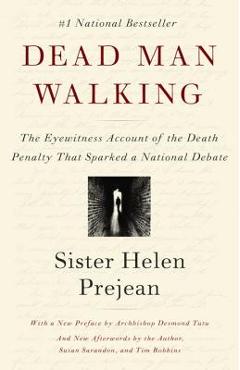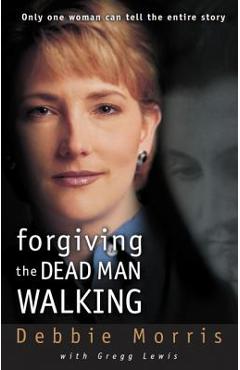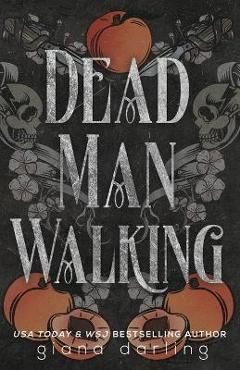Dead Man Walking: The Eyewitness Account of the Death Penalty That Sparked a National Debate - Helen Prejean

Detalii Dead Man Walking: The Eyewitness
libris.ro
104.04 Lei
115.6 Lei
True Crime
Helen Prejean
Dead Man Walking: The Eyewitness - Disponibil la libris.ro
Pe YEO găsești Dead Man Walking: The Eyewitness de la Helen Prejean, în categoria True Crime.
Indiferent de nevoile tale, Dead Man Walking: The Eyewitness Account of the Death Penalty That Sparked a National Debate - Helen Prejean din categoria True Crime îți poate aduce un echilibru perfect între calitate și preț, cu avantaje practice și moderne.
Preț: 104.04 Lei
Caracteristicile produsului Dead Man Walking: The Eyewitness
Comandă Dead Man Walking: The Eyewitness Online, Simplu și Rapid
Prin intermediul platformei YEO, poți comanda Dead Man Walking: The Eyewitness de la libris.ro rapid și în siguranță. Bucură-te de o experiență de cumpărături online optimizată și descoperă cele mai bune oferte actualizate constant.
Descriere magazin:
In 1982, a Roman Catholic nun became the spiritual advisor to a condemned murderer who was soon executed. Powerfully and persuasively, with a compassion that embraces not only the terrified killer but the families of his victims and the men who executed him, Prejean narrates Patrick Sonnier\'s walk to the electric chair. In 1982, Sister Helen Prejean became the spiritual advisor to Patrick Sonnier, the convicted killer of two teenagers who was sentenced to die in the electric chair of Louisiana\'s Angola State Prison. In the months before Sonnier\'s death, the Roman Catholic nun came to know a man who was as terrified as he had once been terrifying. She also came to know the families of the victims and the men whose job it was to execute--men who often harbored doubts about the rightness of what they were doing. Out of that dreadful intimacy comes a profoundly moving spiritual journey through our system of capital punishment. Here Sister Helen confronts both the plight of the condemned and the rage of the bereaved, the fears of a society shattered by violence and the Christian imperative of love. On its original publication in 1993, Dead Man Walking emerged as an unprecedented look at the human consequences of the death penalty. Now, some two decades later, this story--which has inspired a film, a stage play, an opera and a musical album--is more gut-wrenching than ever, stirring deep and life-changing reflection in all who encounter it.

Produse asemănătoare

Dead Man Walking: The Eyewitness Account of the Death Penalty That Sparked a National Debate - Helen Prejean
![]() libris.ro
libris.ro
Actualizat in 28/10/2025
104.04 Lei

Forgiving the Dead Man Walking: Only One Woman Can Tell the Entire Story - Debbie Morris
![]() libris.ro
libris.ro
Actualizat in 28/10/2025
113.03 Lei

When I Stop Talking, You\'ll Know I\'m Dead: Useful Stories from a Persuasive Man - Jerry Weintraub
![]() libris.ro
libris.ro
Actualizat in 28/10/2025
111.55 Lei
Produse marca Helen Prejean

Dead Man Walking: The Eyewitness Account of the Death Penalty That Sparked a National Debate - Helen Prejean
![]() libris.ro
libris.ro
Actualizat in 28/10/2025
104.04 Lei


